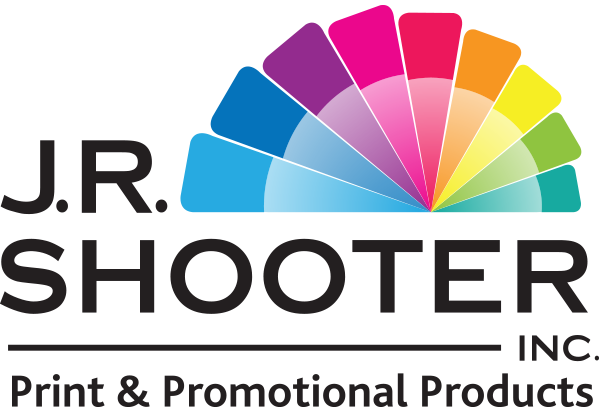Artwork for Print
Its happens very often that when we speak to an artist they say that all printers want their artwork handed to them in different ways. However, as a print broker who deals with many different print factories we have learned that there are very few ways the pre-press team actually wants the artwork set up.
On our end as a the broker and the middle man to the printers and customers, we like to have the original artwork however it was created with all of the fonts and images. That way we can archive it, and in the future if a customer asks us to repeat a job for them we know exactly where the artwork is. The actual production team can work from this file as well.
File types
Typically these files are .ai files, .eps files, or quark files. They are most often created in Adobe Photoshop, Illustrator, or Quark. Although these used to be the best way for files to be printed from, now a press quality PDF is just as good. This is because in a PDF the images and words are locked in and nothing should move, so the excess items of images and fonts do not have to be provided. The one thing to remember when saving the job as a PDF though is that if you do not save it as a press quality then the final product will not be at its best quality. We try to ensure that the final print product represents the best possible quality of the artwork provided to make the customer happy.
Bleed and crop marks
One of the most important parts of the artwork are crops and bleed marks. We have the odd artist who asks what this means, and it is our pleasure to explain it to them. When a piece of artwork has colour around the edges this means that the artwork bleeds. When we print the products, it is printed on a larger sheet and then trimmed to the proper size. This means that we need an extra 1/8″ of the colour that boarders the artwork. This extra colour is to make sure that when we trim the final printed products none of the desired artwork is trimmed off.
That is also leading in to why we need crop marks. A pressman working the trimming machines can look at job and guess where it should be trimmed, but that is when mistakes happen. The cropmarks are at the corners of every job showing exactly where it should be trimmed so that nothing of importance is lost in the trimming. This way the customer receives the final product exactly how they envisioned it.
If all of these steps are taken when preparing artwork for print, then there should be smooth sailing when the artwork is sent to press and delivered to the customer.


